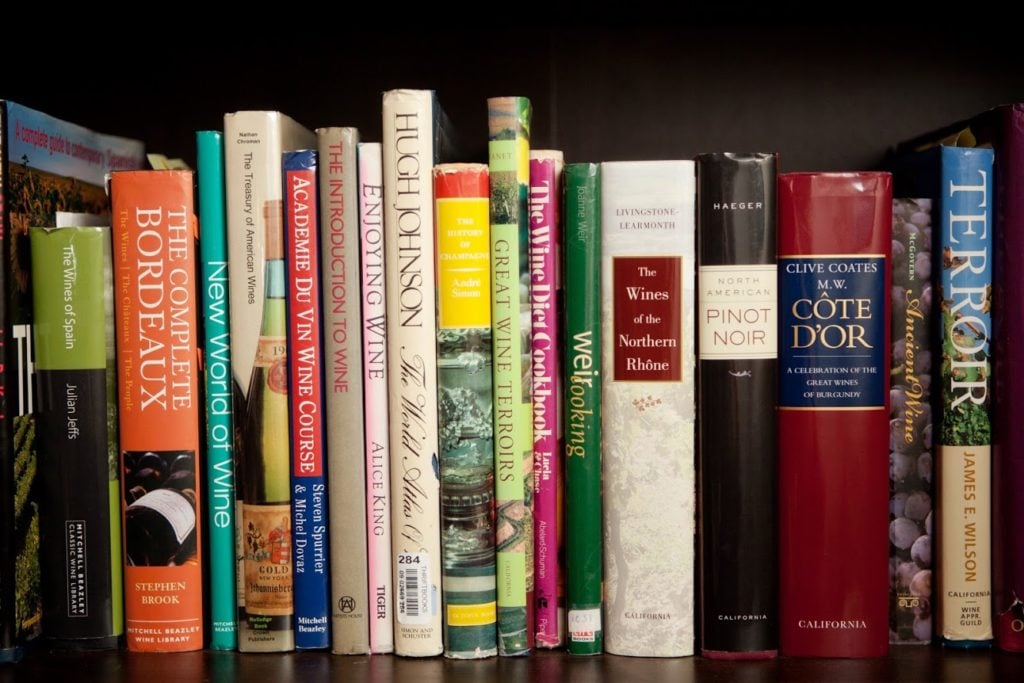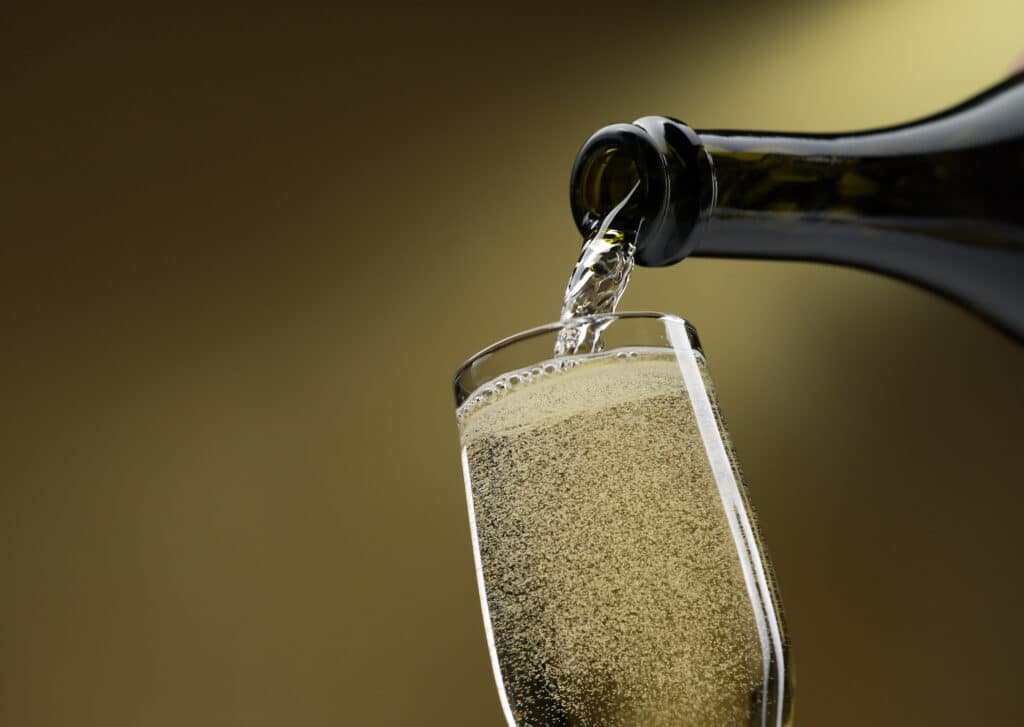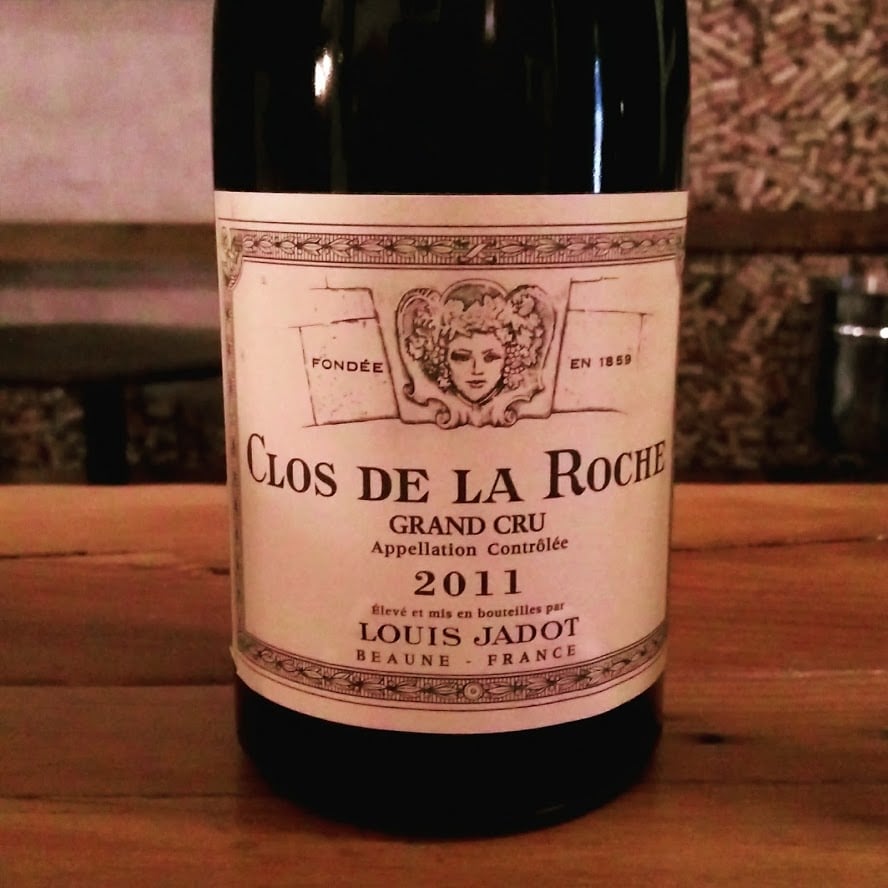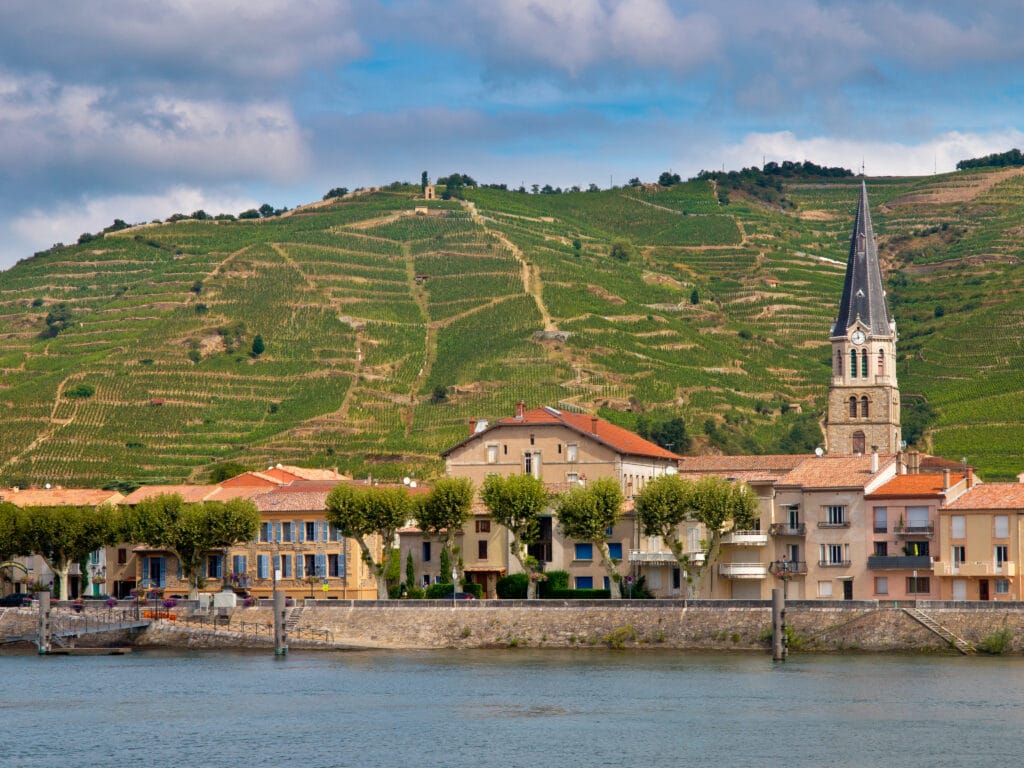History of French Wine
France’s history with wine dates back to the 6th century BC, when the city-state of Massalia (modern-day Marseille) began trading wines with other Mediterranean cultures. But, Viticulturally speaking, it remained a backwater region until the fall of Rome and the rise of Catholicism: it was French Monks who began the winemaking revolution.
The French innovated our modern winemaking style during the 18th and 19th centuries. As a result, nearly all wines made today are based on these French winemaking techniques. Therefore, knowing French wine regions and grapes is essential in learning about wine.

- History of French Wine
- Guide to French Wine Regions
- The Grapes of the French Wine Regions
- French Wine Questions & Answers
Guide to French Wine Regions
Those medieval monks came up with the idea that changed the direction of winemaking forever: The vineyard location will affect the quality of the wine. The French have a term for this: terroir. Over the centuries, this concept has been codified into wine regions and specific grapes that can be grown there.
This is one of the many reasons any self-respecting wine geek will study French wine. We start with our guide to famous French wine regions but check out our list of crucial French wine grapes, too.
Champagne
Not all sparkling wines are Champagne, not even in France. Wine must come from a specific location about 100 miles from Paris to be considered Champagne. The name of this special place? Champagne: our first entry in this major French wine regions list!

Being so close to the heart of French culture made Champagne the poster child of sophistication in the 20th Century. The wines are based on the sparkling triumvirate of Chardonnay, Pinot Noir, and Pinot Meunier.
The wines are always sparkling, but they vary in hue from blanc to rose. They also vary in sweetness levels. For dry wines, seek out Brut or Extra-Brut. If you want a touch of sweetness, Extra Dry will be your jam.
Loire Valley
In the pantheon of French wine regions, It is hard to pin down the Loire Valley. It’s a thin band of wine regions that extend from the Atlantic Ocean, following the Loire river on an epic journey. The end of the Loire wine region is 170 miles away in the center of France.
Because it is a valley, this French wine region is slightly warmer than the surrounding regions. This allows the grapes to mature fully. The grapes grown depend on which part of the valley the vineyard is located.

Wines are made from the Melon de Bourgogne grape on the Atlantic coast. In the middle of the river system, the major grapes are Cabernet Franc and Chenin Blanc. Further inland, the main grapes are Pinot Noir and Sauvignon Blanc.
When it comes to making sparkling wine, the Loire Valley comes in second after Champagne. Here, the bubbles are typically based on Chenin Blanc.
Alsace
The wines of Alsace have a kinship with Germany, whose border the region rubs up against. Consequently, they have an affinity for German winemaking. This region mainly produces white wines, emphasizing German varietals, including Pinot Gris, Gewürztraminer, Riesling, and Pinot Blanc. However, red wines are improving in the area, especially Pinot Noir.

The contrast between Alsace and Germany was commonly believed to be of residual sugar: German wines had it, but Alsatians did not. That simplification worked a few decades ago, but not anymore. Some Alsatian winemakers are embracing sweetness. At the same time, many of their counterparts in Germany are reversing course to dryness.
Another oddity is the wine bottles. Unlike many places in France, the producers in Alsace seldom use oak in their wine. Instead, red and white wines are bottled in the long thin bottles reserved for Riesling everywhere else.
Bordeaux
Bordeaux started as a pirate outpost in an Atlantic swamp. From that humble beginning, it became the most influential in the French wine regions. This is the region that made Cabernet Sauvignon the king of grapes.

The classical Bordeaux –circa 19th Century– is a blend of Cabernet Sauvignon, Merlot, Cabernet Franc, Malbec, and Petit Verdot. The Gironde river cuts through the region, and the blends are historically different on either side. On the left bank, it’s expected that their style is Cabernet Sauvignon-heavy. On the right bank, the wines are usually based on Merlot. White wines are based on Sauvignon Blanc and Semillon.
Burgundy
Just like Champagne has become synonymous with bubbles, Burgundy has become the exemplar for Pinot Noir and Chardonnay bottlings worldwide. This region is also known for having the most expensive vineyards in France – which comes from the fact that it’s the most respected of the French wine regions. The lower portion of the region is Beaujolais, which produces wines made from Gamay and are much less expensive.

Jura
Like Burgundy in terms of climate and wine style, Jura produces some of France’s most unusual wines. However, this region hugs the Alps and borders Switzerland and is more famous for its skiing and cheeses than its wine. The lack of fame has preserved ancient wine styles, including many precursors to today’s natural wines. Of all the French wine regions covered in this guide, this is the most obscure.

Like Burgundy, both Chardonnay and Pinot Noir are grown here. The region is significantly cooler and rainier than Burgundy, which results in lighter wine styles. Jura’s fertile soils produce some great but obscure varietals, including Trousseau and Savagnin.
Although this region is one of the smallest in France, it has managed to put itself on the map by making unique wines.
French Wine Regions of the Rhone Valley
The Rhone Valley might be a single region, but the differences between the northern and southern parts are like night and day. The difference in temperature between the two areas means that the style and flavors that develop in either part differ significantly.

Northern Rhone
The winters are pretty extreme, and the summers temperate. As a result, white varietals like Marsanne and Viognier develop a great minerality and richness. The only red grape permitted is Syrah, sometimes co-fermented with a small percentage of white grapes. Red wines from the Northern Rhone include Hermitage and Cornas. These are intense and intellectual wines, often considered some of the best in the world.
Southern Rhone
It is a much larger region and significantly warmer due to its proximity to the Mediterranean Sea. As a result, the summers are hot, and droughts are not uncommon. Red wines are typically Grenache-based blends. These wines can offer excellent quality and value. Notable wine regions in the Southern Rhone include Chateauneuf du Pape, Listrac, and Gigondas.

Provence
The first vineyards in France were planted here, and ancient grape varietals like Mouvedre continue to flourish. Most grapes grown are red wine varietals. However, there is only one corner of the appellation that makes red wine, Bandol.

Provence is best known for its rosé wines. This area has a hot and dry climate that allows the region’s grapes to develop and ripen much sooner than in other areas. Not ideal for red wines, but perfect for pink! When harvested, the skin has not fully developed into a deep red.
The Grapes of the French Wine Regions
Most of the wines you love are French expatriates. This is because wine became great and famous in 19th Century France. For over two centuries, the rest of the world tried to replicate French wine, including the grapes they grew. Fortunately, we now live in a world where greatness can be found in all parts of the world.

Malbec
Malbec offers grippy tannins and quite an interesting flavor profile. Common descriptors are raisin, tobacco, and blackberry. One wine writer described it as garlic scape, but that’s crazy: while there is a touch of vegetal, it is subtle to the point of obscurity.
Malbec remains the main grape of Cahors. Known today for the base of many Argentinian wines, it is originally from the Southwest of France. Centuries ago, it was a principal grape in the French wine regions in Bordeaux. However, that changed when wineries started focussing on Cabernet Sauvignon and Merlot.
Mourvedre
A tannic beast of a grape and an ancient one to boot. The grape’s history dates back to Phonecian-era winemakers on the Mediterranean coast. When tasting Mourvedre, look for plum, white pepper, smoke, and gravel flavors.
Mourvedre is grown in two regions: The Rhone Valley and the Languedoc-Rousillon. The grape is often blended with Syrah and Grenache. You will also find it used in fortified wines and rosés.
Cinsault
Cinsault is used as a blending grape in France. Most winemakers consider this grape to make lower-quality wine on its own. However, it is helpful in blends, mainly when producing wines for cost-sensitive consumers. It comes across as light and fruity in blends, bringing floral notes and strawberries.
When bottled by itself, it can make for a vapid experience. However, older vineyards can produce remarkable wines.
Pinot Noir
Pinot Noir is often cited as the most challenging grape varietal to grow. That is not precisely correct. Many varietals are far harder to grow. It’s closer to the truth to say, “Pinot is a hard grape to make interesting wines from,”
Pinot is the red grape of Burgundy, which codified this grape’s style for the world. In Burgundy, Great Pinot is a paradox: lean but complex, linear but multifaceted, beautiful despite its barnyard. This is a style that is nearly impossible to replicate.
Pinot Noir is becoming more popular. The trend outside Burgundy is fruit-forward and over-oaked wines. This is a more straightforward style to produce and shows that the chanteuse of Burgundy can transform into an American pop star.
Gamay Noir
Gamay elicits currant, violet, and raspberry flavors like Pinot Noir in color and flavor. The grape thrives in cool climates, offering light tannins and crunchy acid. This grape missed its apex turn in Burgundy but found its lane just south in the Beaujolais.
The Boomer generation of winemakers turned this beloved grape into a caricature of itself with banana flavors, extravagant parades, and extravagant bottlings. If you want to keep away from that style, steer clear of any bottle with the word “nouveau” on it
Syrah
A noble grape has found its home in many places in the world. In Australia, it often goes by the name Shiraz. However, DNA research has traced its ancestral home to France, specifically the Northern Rhone region. It is an ancient grape grown by Celtic tribes long before the arrival of the Roman legions.
Over centuries, the grape’s influence expanded into the Southern Rhone and the Mediterranean coast. The differences between the warm Southern Rhone and the cool Northern Rhone Valleys are why there are two warring Syrah styles.
Cool climate syrahs tend to be lean but robust with intense animal flavors, often bordering on roadkill. However, Syrah is often jammy and delicious with a bacon-meets-chocolate profile in warmer weather.

Cabernet Franc and Cabernet Sauvignon
For decades, there were questions about how Cabernet Sauvignon and Cabernet Franc were related. Finally, we know that Cabernet Sauvignon is the offspring of Cabernet Franc and Sauvignon Blanc through laboratory tests.
These grapes are the backbone of the French wine region Bordeaux. Although these two Cabernets share a lot of DNA, they develop in the vineyard quite differently. Both grapes display intense flavors of tobacco, pepper, licorice, and black currents. However, Cabernet Franc is lighter-bodied and higher in acid than Cabernet Sauvignon.
You might be a wine geek if you enjoyed reading about French wine regions! However, if you are hungry for more knowledge, you can take our wine courses with the National Wine School certification!
French Wine Questions & Answers
What are the major French wine regions?
The major French wine regions are Bordeaux, Burgundy, Rhone Vally, and the Loire Valley.
Which French region has the best wine?
For quality and value, the two top French wine regions are the Loire and Rhone Valleys. For the best wine region, most Sommeliers would point to Vosne-Romanée.
What is the most famous wine in France?
The most famous wine in France is Chateau Mouton Rothschild from the Pauillac region in Bordeaux.

On my reading the Languedoc Rousillon region in southern France was probably the country’s first wine producer. The vines were planted by the Greeks near Narbonne. The region exported its wine to Rome where apparently it was preferred to the local Roman wine. Languedoc Roussillon has a chequered history in wine production Louisn the fourteenth described it as “shit..” In WW1 its the favourite drink of the men in the trenches possibly because it was strengthen with the more robust Algerian wine. The end of the Algerian war saw the end of the this practise. Today the region produces its own AOC labels which are listed in all menues in the south.